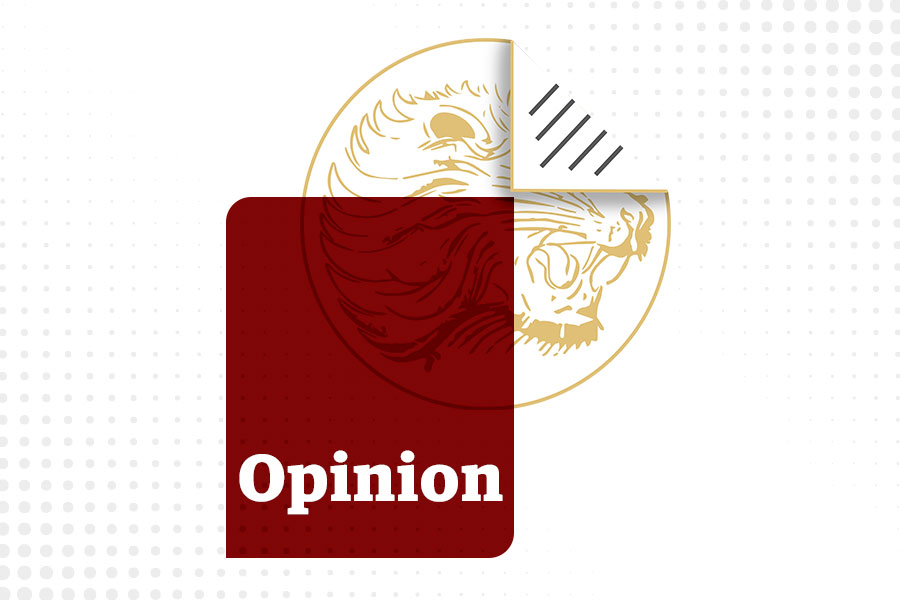
My Opinion | Aug 16,2020
Nov 1 , 2025
By Tracy Kajumba
Ahead of this year's United Nations Climate Change Conference (COP30) in Belém, Brazil, countries are being urged to embrace an approach to climate action and finance with social protection at its heart.
Making this connection could not be more important for protecting human dignity, building community resilience, and maximising the impact of limited funds.
At COP29 last year, developed economies agreed to mobilise at least 300 billion dollars a year in climate finance for developing countries by 2035, as part of the New Collective Quantified Goal on climate finance. But least-developed countries (LDCs) and small island developing states have rightly criticised the target as vague, unenforceable, and inadequate. This figure falls far short of the need, especially because climate-finance delivery is often highly inefficient.
For example, only 0.8pc of tracked funds reach small-scale agricultural systems.
This is where social protection comes in. A 2019 study by the LDC Initiative for Effective Adaptation & Resilience (LIFE-AR) showed that social-protection initiatives can play a powerful role in building climate-resilient communities. The Intergovernmental Panel on Climate Change's sixth assessment report, released in 2023, echoed this finding. Now, a joint review of 23 Green Climate Fund-funded projects, carried out by the Fund and the Food & Agriculture Organisation of the UN (FAO), has shown that integrating climate objectives into social-protection systems can go a long way toward delivering limited finance where it is needed most.
There are plenty of proven social-protection models that advance inclusive climate action.
For example, Ethiopia's Productive Safety Net Program supports over eight million people, including the country's most climate-vulnerable communities, through cash and food transfers, while responding to short-term shocks like droughts and restoring degraded landscapes.
Similarly, India's Mahatma Gandhi National Rural Employment Guarantee Scheme, which reaches more than 60 million rural households, funds climate-smart solutions such as rainwater harvesting and afforestation (tree planting), which protect communities against droughts and floods. Brazil's Bolsa Verde links income support to environmental stewardship, incentivising sustainable land use and forest conservation among low-income families in protected areas.
The 23 GCF projects sampled in the recent FAO-GCF review show similar promise. Paraguay's Poverty, Reforestation, Energy, and Climate Change Project, which receives technical support from the FAO, ties conditional cash transfers to social-welfare goals, such as the establishment of climate-sensitive agricultural and forestry systems, and emphasises indigenous participation. Botswana's Ecosystem-Based Adaptation and Mitigation in Communal Rangelands project aims to advance similar goals, with women comprising 60pc of its participants.
But, despite some successes, inclusion remains a formidable challenge. As it stands, almost half of the world's population, including many of those most exposed to the effects of climate change, lacks access to any kind of social safety net. This helps to explain why only three of the projects reviewed in the FAO-GCF report were in low-income countries. Only six of those projects included people with disabilities, a mere four incorporated young people, and none involved migrants. Of the seven project areas where indigenous peoples were present, only four included them.
Outcomes, too, fell short. For example, the FAO finds that heat stress widens the income gap between female-headed and male-headed households by 37 billion dollars a year, and floods by 16 billion dollars. But while several of the 23 GCF projects were gender-responsive, none was transformative. In addition, fewer than half of the GCF projects included efforts to strengthen existing social-protection systems, undermining their long-term sustainability and scalability. Social-insurance mechanisms were absent.
Improving outcomes will require a fundamental shift in the prevailing approach to designing, financing, and implementing social protection. Rather than continue to depend on short-term project-based grants, the scale of which is necessarily limited, we should emphasise longer-term, coordinated initiatives, focused on building national systems and capabilities, while supporting locally led adaptation. A whole-of-government approach, involving ministries responsible for climate, social protection, and emergency management, is essential. And inclusion should be built into every stage of the process.
The GCF can play an important role in advancing this shift. It is well-positioned to catalyse additional, longer-term financing for social protection, taking advantage of innovative mechanisms, such as debt-for-climate swaps and green bonds. It recently introduced reforms to its accreditation model, focusing on improving transparency, responsiveness, and efficiency. However, more flexibility is still needed for low-income countries.
But the GCF cannot do it alone. Other multilateral climate funds should also step up, including by establishing dedicated financing tracks and streamlining access for low-income countries. Governments, for their part, should establish social protection as a pillar of their climate strategies, including Nationally Determined Contributions, National Adaptation Plans, and the operational frameworks of the Fund for Responding to Loss & Damage. Development partners and UN agencies should strengthen their technical support for inclusive, long-term strategies, rather than focusing solely on short-term projects.
COP30 has been designated the "implementation COP," focused on turning plans and pledges into actions and outcomes. It thus represents an ideal opportunity to apply the lessons from the FAO-GCF report, which outlines clear pathways for scaling social protection to enhance inclusive climate action.
PUBLISHED ON
Nov 01,2025 [ VOL
26 , NO
1331]
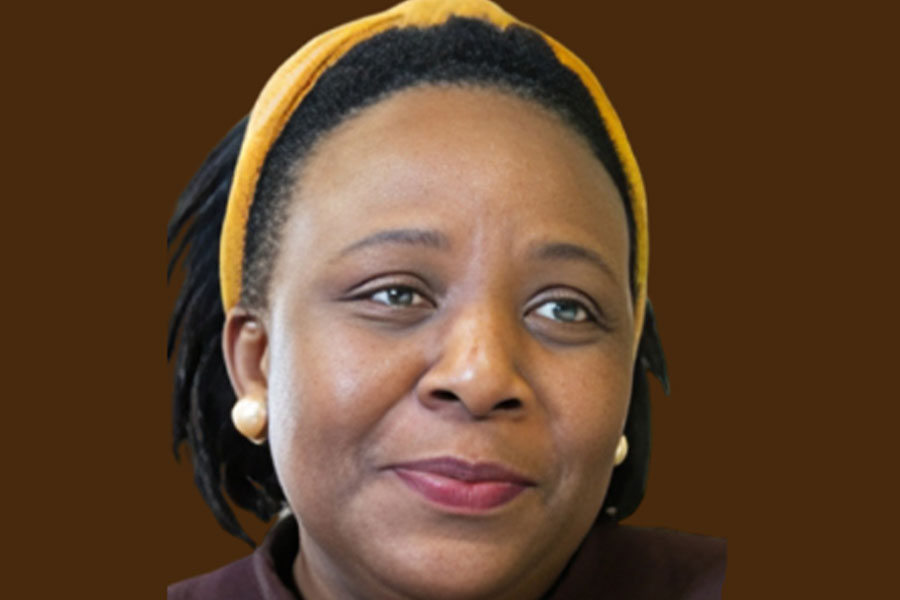

My Opinion | Aug 16,2020
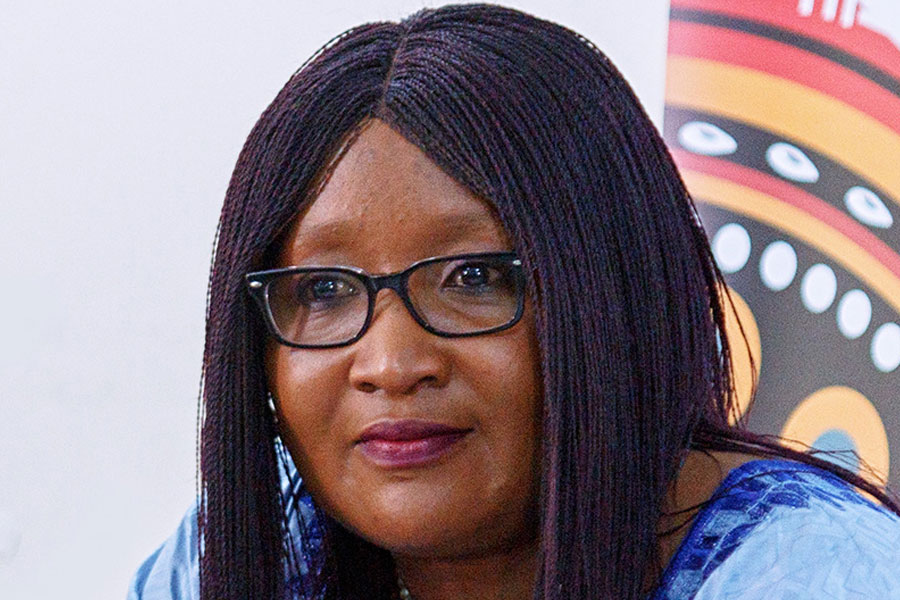
Exclusive Interviews | Aug 19,2023

Radar | May 27,2023

Radar | Jun 19,2021

Viewpoints | Dec 02,2023

Viewpoints | Jan 31,2021

Commentaries | Sep 24,2022

My Opinion | Dec 04,2020

Viewpoints | Dec 16,2023

Commentaries | Apr 26,2025

Photo Gallery | 179840 Views | May 06,2019
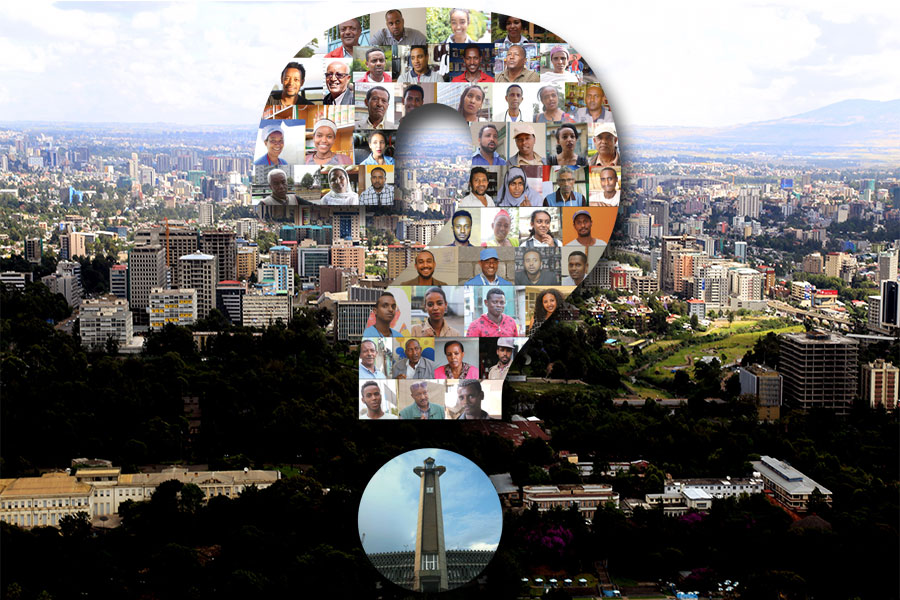
Photo Gallery | 170036 Views | Apr 26,2019

Photo Gallery | 161011 Views | Oct 06,2021

My Opinion | 137220 Views | Aug 14,2021
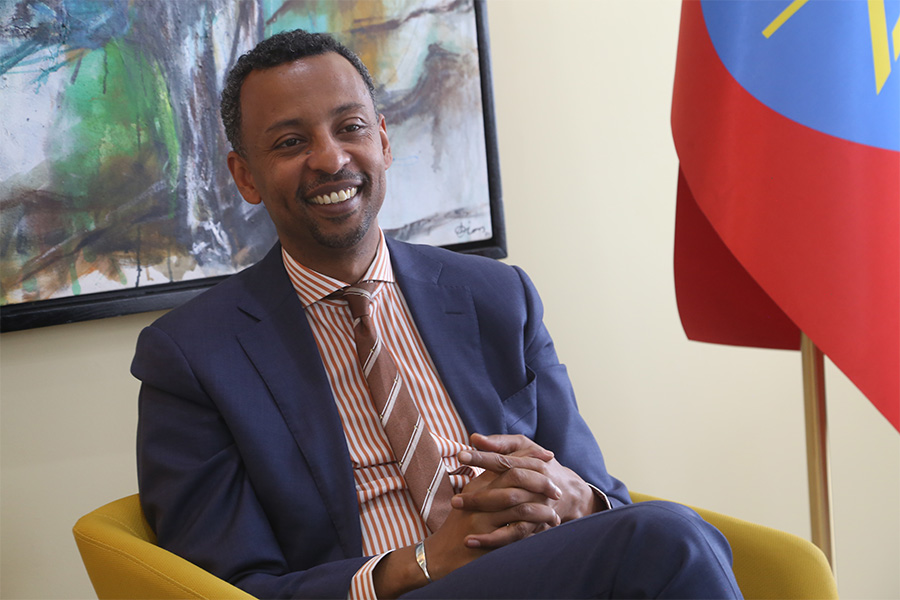
Dec 22 , 2024 . By TIZITA SHEWAFERAW
Charged with transforming colossal state-owned enterprises into modern and competitiv...
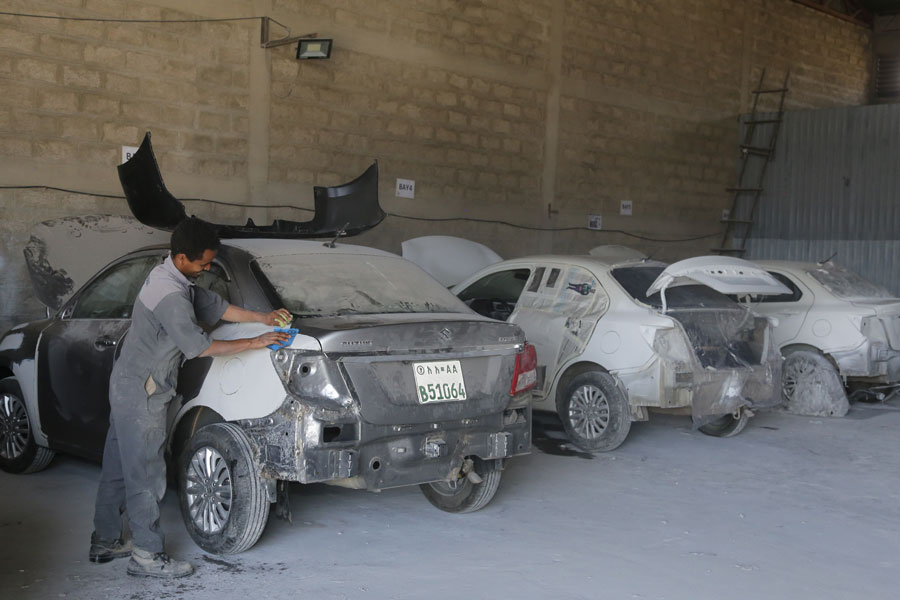
Aug 18 , 2024 . By AKSAH ITALO
Although predictable Yonas Zerihun's job in the ride-hailing service is not immune to...

Jul 28 , 2024 . By TIZITA SHEWAFERAW
Unhabitual, perhaps too many, Samuel Gebreyohannes, 38, used to occasionally enjoy a couple of beers at breakfast. However, he recently swit...
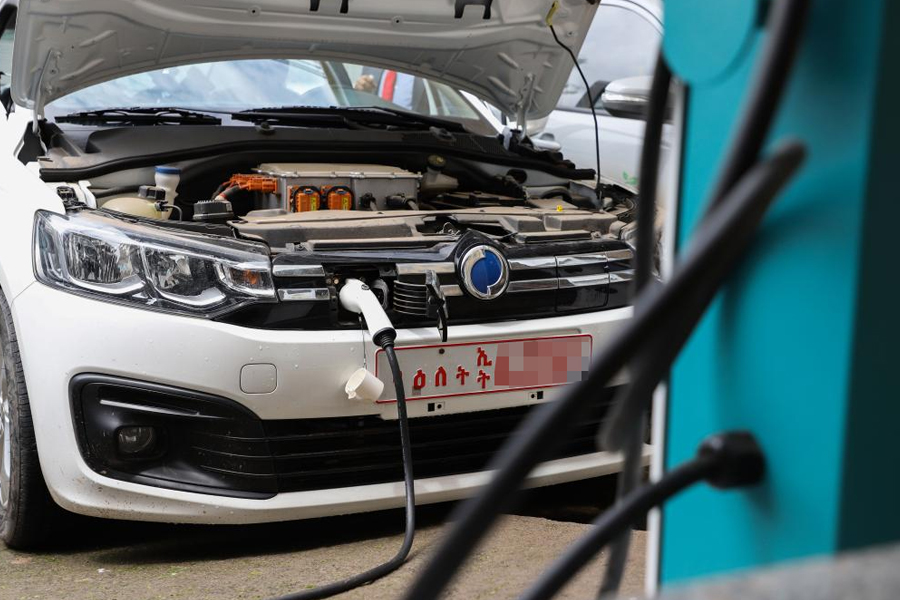
Jul 13 , 2024 . By AKSAH ITALO
Investors who rely on tractors, trucks, and field vehicles for commuting, transporting commodities, and f...
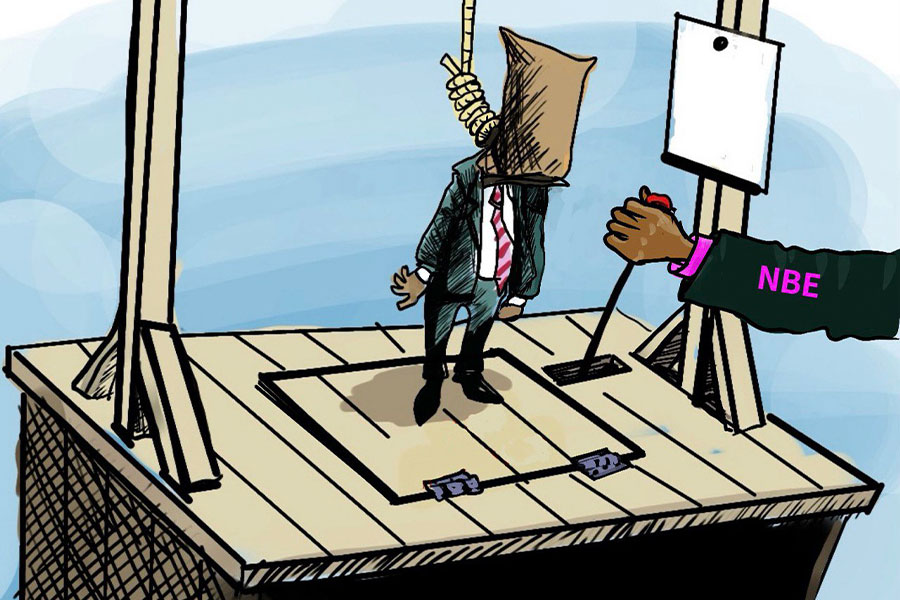
Nov 1 , 2025
The National Bank of Ethiopia (NBE) issued a statement two weeks ago that appeared to...

Oct 25 , 2025
The regulatory machinery is on overdrive. In only two years, no fewer than 35 new pro...
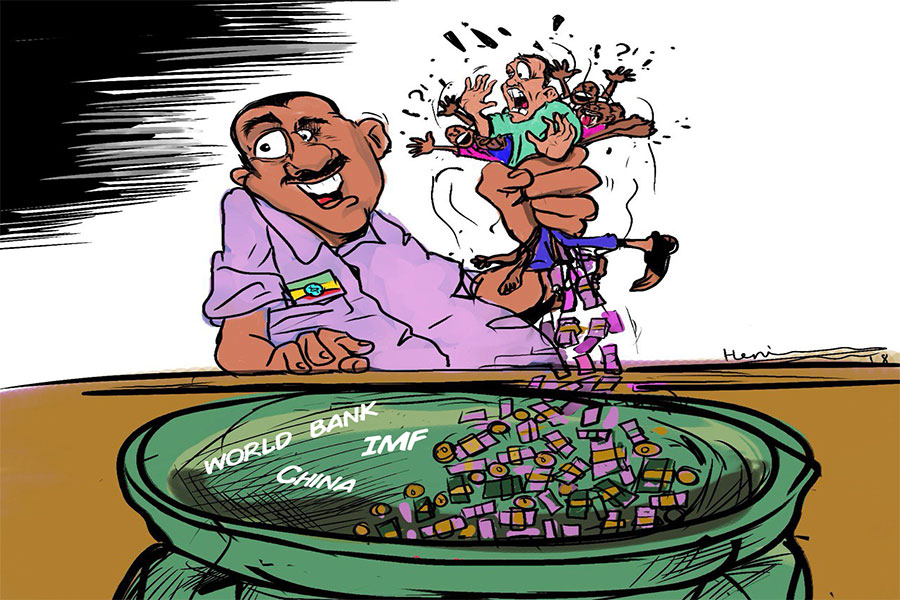
Oct 18 , 2025
The political establishment, notably the ruling party and its top brass, has become p...
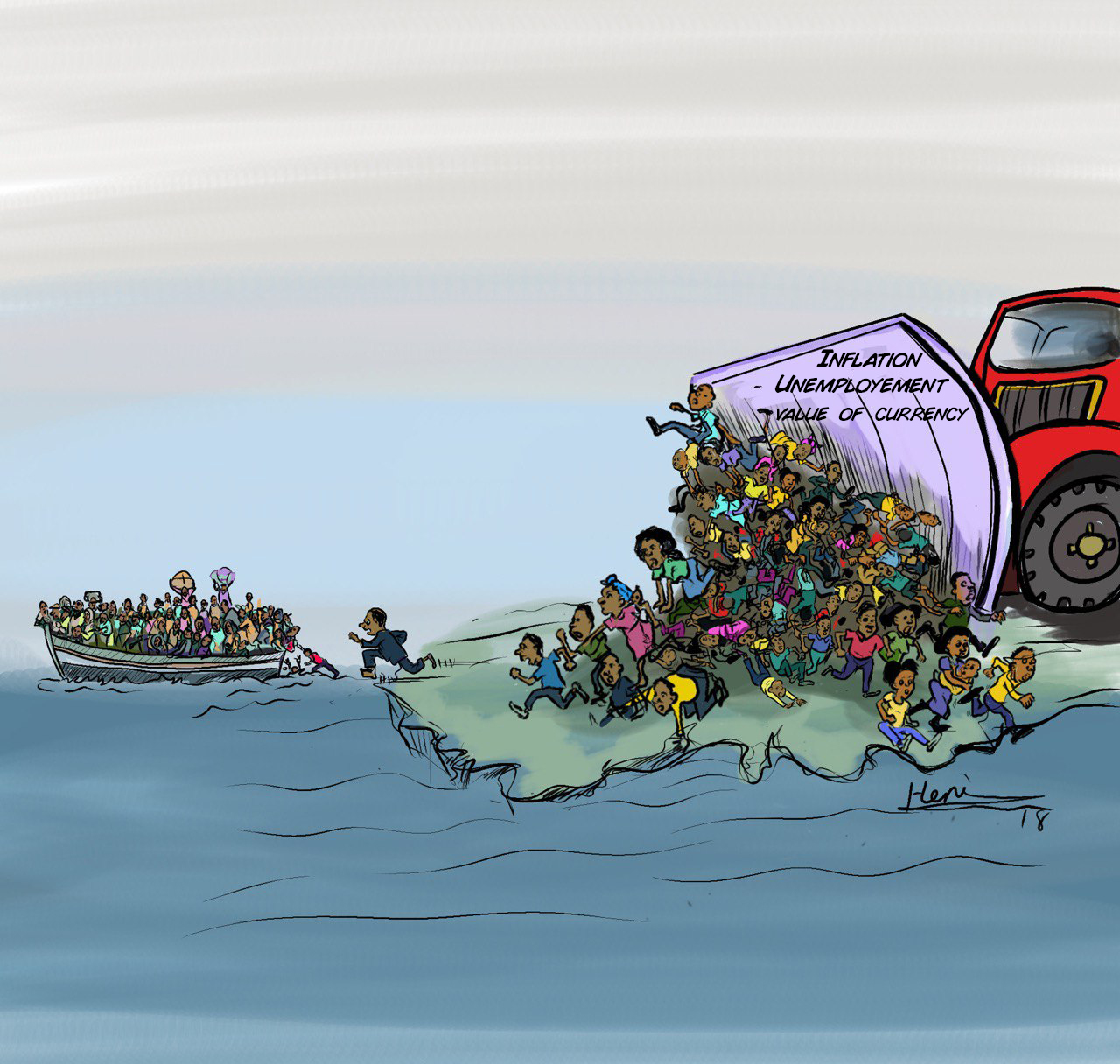
Oct 11 , 2025
Ladislas Farago, a roving Associated Press (AP) correspondent, arrived in Ethiopia in...
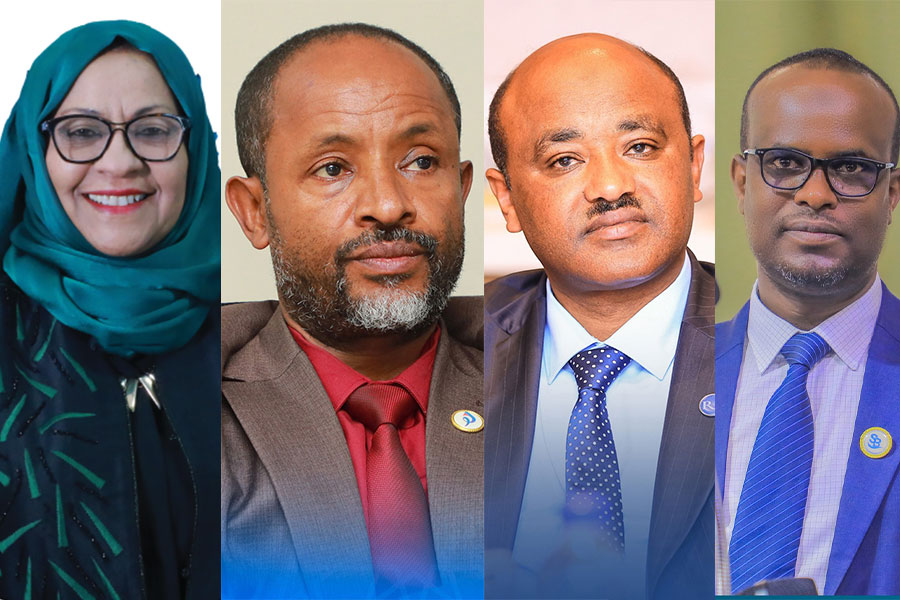
Nov 2 , 2025
The National Bank of Ethiopia (NBE) has scrapped the credit-growth ceiling that had s...

Nov 2 , 2025 . By SURAFEL MULUGETA
The burgeoning data mining industry is struggling with mounting concerns following th...

Nov 2 , 2025 . By YITBAREK GETACHEW
Berhan Bank has chosen a different route in its pursuit of a new headquarters, opting for a transitional building instea...

Nov 2 , 2025 . By BEZAWIT HULUAGER
Nib International Bank S.C. has found itself at the epicentre of a severe governance...